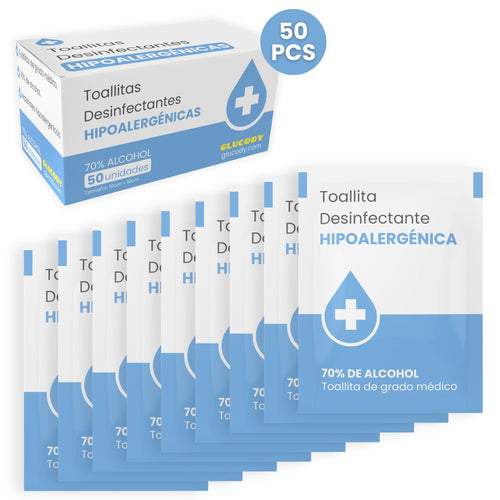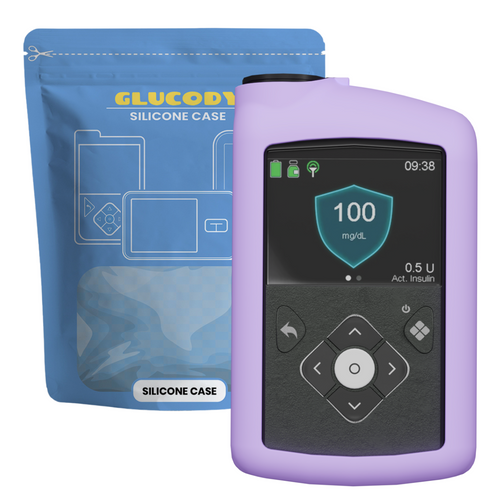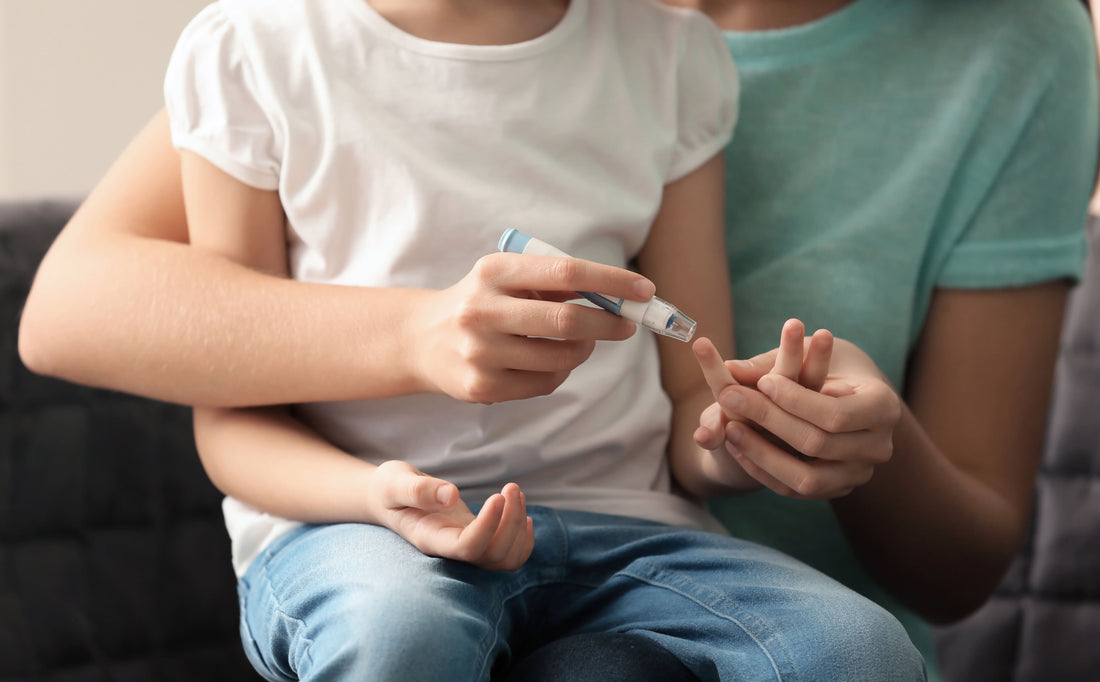Childhood is a stage full of energy, discoveries, and, of course, mischief. However, when health gets in the way, everything changes. Childhood diabetes is a reality that affects thousands of families. Detecting and recognizing the symptoms of childhood diabetes can be decisive between leading a healthy life and suffering serious complications.
In this article, we tell you everything you need to know about the symptoms of childhood diabetes and how to act if you suspect your child may be at risk.
Diabetes in children
Talking about childhood diabetes means discussing a chronic condition that can affect any child, regardless of age or lifestyle. Diabetes is classified into two main types: type 1 and type 2.
The first is the most common in childhood and is considered an autoimmune disease. In this case, the immune system mistakenly attacks the pancreatic cells responsible for producing insulin, a hormone essential for regulating blood sugar.
The second, although less common in children, has been increasing in recent years due to changes in diet and sedentary lifestyles.
Childhood diabetes can appear unexpectedly, and often the symptoms go unnoticed or are mistaken for other illnesses. That's why it's essential to stay alert and recognize the warning signs.

Symptoms of type 1 diabetes in children
Type 1 diabetes in children usually develops quickly, within days or weeks. The symptoms can be intense and sometimes alarming. Let's look at some of the most common diabetes symptoms in children:
- Excessive thirst (polydipsia): Your child may ask for water constantly, even during the night.
- Frequent urination (polyuria): The child may start wetting the bed again, even if they had stopped, or need to go to the bathroom many times a day.
- Unusual hunger (polyphagia): A voracious appetite without weight gain is a warning sign.
- Unexplained weight loss: Despite eating more, the child loses weight and may look thinner or weaker.
- Fatigue and weakness: Extreme tiredness and lack of energy are very common.
- Mood changes: Irritability, sadness, or lack of concentration may appear suddenly.
- Increased susceptibility to infections: Especially fungal (e.g., candidiasis).
- Blurred vision: The child may complain of blurry vision or difficulty focusing.
Symptoms of type 2 diabetes in children
Although type 2 diabetes was almost exclusive to adults, nowadays more and more children develop it. Its symptoms can be more subtle and harder to identify.
- Persistent fatigue: The child feels tired most of the time.
- Increased thirst and urination frequency: Although less marked than in type 1, it can also occur.
- Recurrent infections: Especially on the skin and urinary tract.
- Darkening of the skin: Especially in folds like the neck or armpits (acanthosis nigricans).
- Wounds that take time to heal: Cuts or scrapes that do not heal normally.
When to see the pediatrician?
Knowing if a child has diabetes may seem complicated, but there are signs you should not ignore. If your child shows several of the previously mentioned symptoms of childhood diabetes, especially extreme thirst, weight loss, and fatigue, schedule a medical appointment as soon as possible.
Do not underestimate the importance of a professional evaluation. The pediatrician will perform blood glucose tests and other analyses to confirm or rule out the diagnosis. Additionally, they will guide you on the next steps and how to care for your little one's health.

Causes of diabetes
Type 1 diabetes is an autoimmune disease, meaning the body attacks the insulin-producing cells. Although the exact cause is unknown, genetics and certain environmental factors can influence its onset. Having a family history of diabetes slightly increases the risk, although it can also appear in children with no prior family cases.
In the case of type 2 diabetes, risk factors include overweight, lack of physical activity, and an unhealthy diet. Genetics also play an important role, but lifestyle habits are decisive.
Can childhood diabetes be cured?
Is diabetes in children curable? The answer, for now, is no, although it can be controlled. Childhood diabetes is a chronic condition that requires lifelong treatment and monitoring. Treatment for type 1 diabetes consists of insulin administration, a balanced diet, and regular exercise.
In type 2 diabetes, lifestyle changes and, in some cases, medication are fundamental. However, with good control and proper support, children can lead full and active lives.
Education and family support are essential for the child's emotional and physical well-being.
Products for protection and control
Living with childhood diabetes means paying attention to details, from diet to the care of medical devices. That's why at Glucody we offer innovative and comfortable solutions to protect insulin sensors and catheters. A perfect example is our bracelet to protect the diabetes sensor, which helps keep the sensor secure and in place during daily activities, without discomfort or allergies. Additionally, we have a wide range of products designed for children, such as protective patches, covers, and disinfectant wipes.
All products thoughtfully designed to make managing childhood diabetes easier and safer. If you seek peace of mind and comfort, explore our diabetes product collection and discover why over 10,000 families trust Glucody.
Face diabetes with Glucody
Childhood diabetes doesn't have to be an obstacle to your child's happiness and development. If you have questions about the symptoms of childhood diabetes or need specialized products for the control and protection of medical devices, don't hesitate to contact Glucody.
Visit our website, explore our range of products, and find the bracelet to protect the diabetes sensor ideal for your little one.
With Glucody, your peace of mind and your child's are always in good hands!










